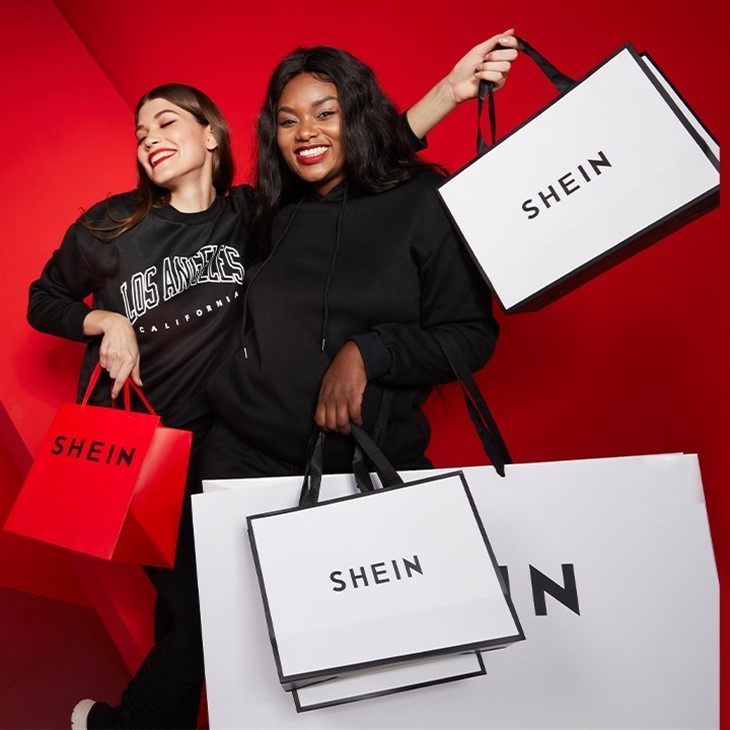
Fast fashion brand SHEIN takes down giants like Zara and Nike as the most popular fashion brand of 2022. The report was made by money.co.uk listing all of the brands that made top searches around the world. A statement like this doesn’t tell people much, and it’s hard for us to visualize what it actually means. However, we’re here to explain why it’s worse than it seems, and why we should care. On a daily basis, SHEIN releases between 2,000 and 10,000 models of clothing, which are proudly displayed on banners throughout their site. Given that between 50-100 pieces of the item will be produced per model (while it is still in customer testing), SHEIN is capable of producing as many as one million pieces of clothing in just one day. To give you an idea that this is a big number even in the world of fast fashion, we will compare it to other examples of fast fashion stores. H&M annually releases 25,000 different clothing models, Zara annually releases 35,000 different models, while SHEIN annually releases up to 1.3 million different clothing models. Sounds scary? Because it is. So why are the younger generations buying more from the fast fashion brands?

In 2021, a report by the NGO Public Eye revealed that SHEIN workers were working as many as 75 hours a week, with only one day off per month. The brand has been accused of countless design thefts from various fashion designers, especially artists from marginalized communities. Unlike other fashion brands that have their stores and employees all over the world, ultra fast fashion brands exclusively sell online. TikTok and Instagram serve as the main tools when it comes to getting traffic, with videos like #SHEIN trying on clothes getting over 22 billion views. Recently, videos straight from a SHEIN factory started circulating on the social network TikTok, so we have the opportunity to see firsthand just a fraction of what is behind this ultra fast fashion brand. Environment estimates that annually 100 billion pieces of clothing are produced worldwide, and that 92 million tons of clothing end up in waste, which is equivalent to one garbage truck every second. Thanks to ultra fast fashion brands and their working principles, the fast fashion industry is contributing to the destruction of the environment at a rate we could not imagine until now. All in the form of carbon emissions into the air, water consumption, as well as the daily violation of basic human rights and security.

Just like we already mentioned, Shein’s main source of traffic and communication with the customers is through Instagram and TikTok, so we suppose their target groups are definetly younger women. While that is totally alright, the majority of younger population is not aware of the damage this fast fashion brand produces on the daily basis. Their approachable prices and vast number of styles attract a large number of population. The rise of the brand was mostly seen during coronavirus pandemic, when the whole world stopped working, everyone was staying at home and trying to entertain themselves. One of the ways people entertained is definetely shopping, fast and cheap shopping. While avoiding fast fashion and shopping sustainably is always the preference, it’s unfortunately a luxury that not everyone can afford and now more than ever, it appears that more and more consumers are finding themselves without the choice. The inflation is also not helping people earn more money and investing into quality things, but overconsumption of cheap yet poor quality clothes is only doing bad for our planet. Instead of buying 10 pieces from Shein, save some money and invest into a quality piece made by your local designer or a brand that focuses on sustainable practices.



















